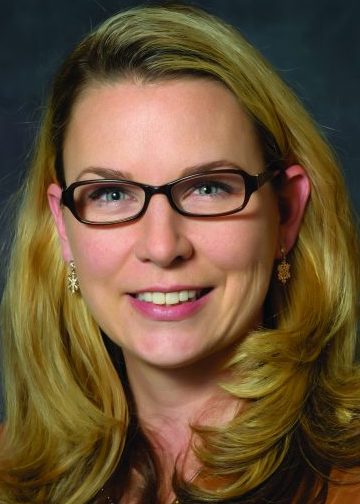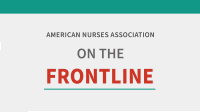New model reconsiders profession’s contributions


Groundbreaking and crucial work led by the ANA Enterprise Institute for Nursing Research and Quality Management will have a profound impact on how nurses are viewed in our healthcare system. This work, the Economic Value of Nursing Project, involves creating and testing a conceptual model that depicts the value of nursing human capital. This vital project, along with other efforts of the ANA Enterprise to quantify and value nursing’s impact on health and society, will lead to more flexibility and resources to innovate, and to improved workforce policies and compensation structures that affect the growth of our profession. These efforts also will improve our ability to provide the care people deserve, whether community- or hospital-based.
This visionary effort has practical implications for all RNs and APRNs. As the largest group of healthcare providers, nurses see patients through all stages of life and all care settings. Across the continuum of care and in every practice site, nurses add value.
Actions of and insights by nurses involving patient education, care coordination, assessments, interventions, innovations, and more add value to our patients, employers, and the healthcare ecosystem.
Despite these indelible contributions, our healthcare system generally only recognizes the cost associated with a nurse’s time. In hospitals, hours per patient day—a common metric to account for our services—factors in budgets as a cost to be managed closely rather than as a value to be invested in. In ambulatory care, clinics shy away from hiring RNs to provide care management services due to a lack of billing structure in an already tight financial structure. Although patients can’t make it through a hospital stay or service without interfacing with a nurse, our time, expertise, and ingenuity are tucked away in room and board charges.
Based on the conceptualization and critical thinking of highly regarded researchers Olga Yakusheva, PhD, and Marianne Weiss, DNSc, RN, and with input from influential and insightful nurse leaders, the ANA Enterprise is developing a model that considers nurses as human capital. This approach would upend the notion of nursing care as merely an expense, recasting it as a source of capital that healthcare organizations invest in to add value to their products—patient care and healthy communities.
Investments in nurses enable us to provide more consistent and efficient value-added processes of care that support optimal organizational performance. The Economic Value of Nursing Project and the ANA Enterprise’s broader efforts in this regard seek to quantify and promote nursing’s contributions and the real returns organizations can achieve by investing in the scarce and highly skilled human capital that we represent. This paradigm shift would encourage organizations to allocate more resources to nursing workforce development. Reinvesting in our practice environments also would nurture our job satisfaction and retention, which would reinforce positive patient outcomes and organizational performance.
This approach sets up nurses, patients, and organizations for success. Nurses viewed equally as essential caregivers and strategic assets contribute mightily to improved financial performance and organizational excellence. We’ll change the health of our nation when we do this.
Armed with this sound research, the American Nurses Association is advocating for policymakers to recognize the value of nurses in federal healthcare programs.
The ANA Enterprise has published a series of updates about this landmark work and seeks your input (nursingworld.org/ancc/credentialing-research). I encourage all RNs and APRNs to explore the Economic Value of Nursing Project—an initiative that promises to boldly reshape policies and perceptions about the contributions of our profession.


Jennifer Mensik Kennedy, PhD, MBA, RN, NEA-BC, FAAN,
President, American Nurses Association
American Nurse Journal. 2024; 19(7). Doi: 10.51256/ANJ072423



















